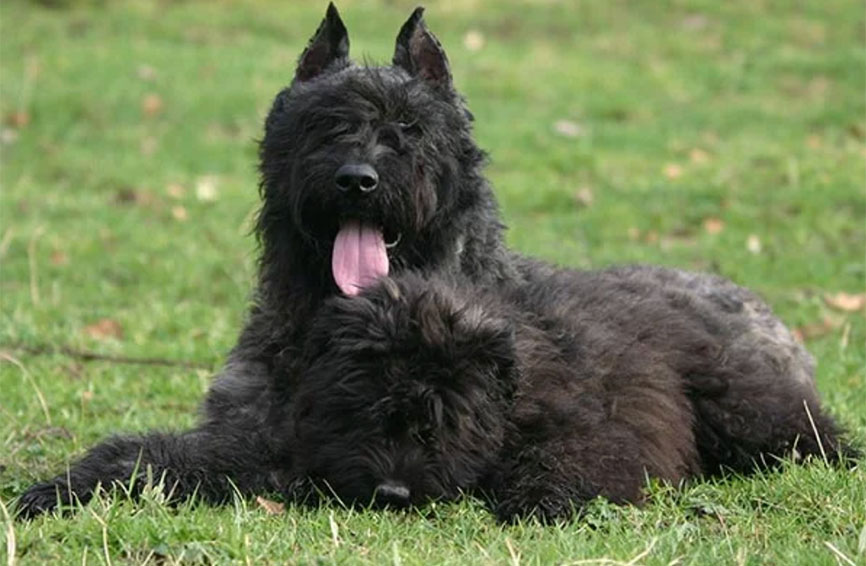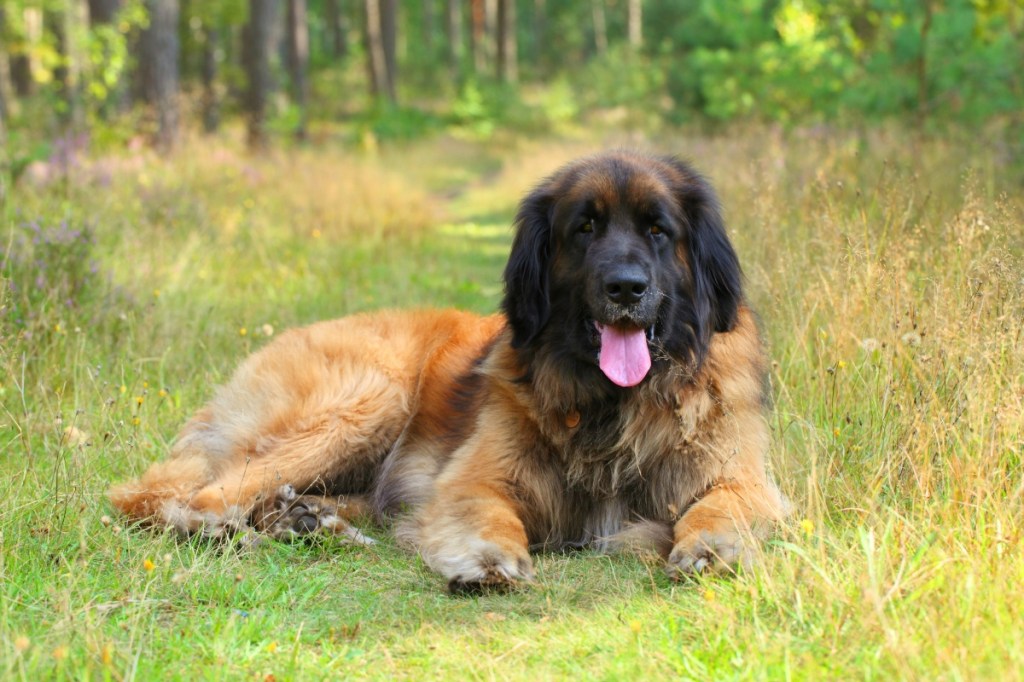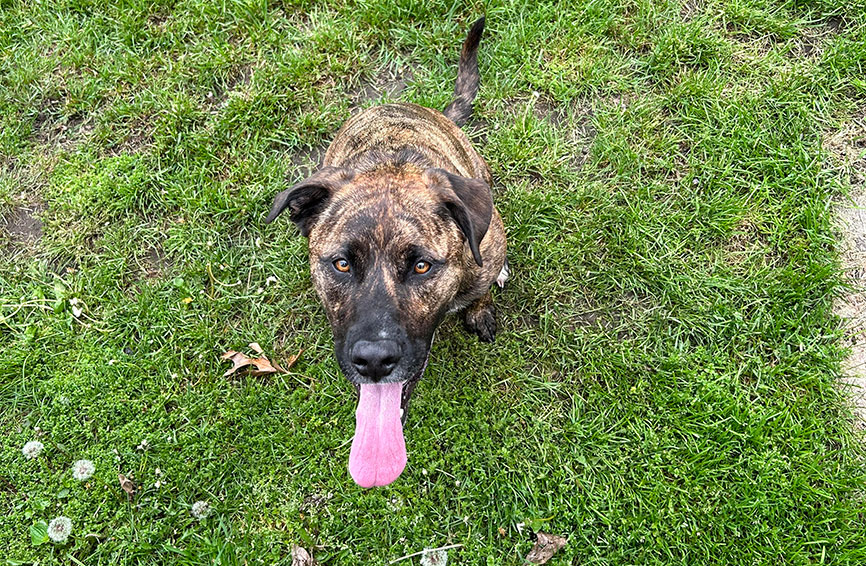Table of Contents
Many pet parents welcome a new puppy home with excitement and anticipation of watching him or her grow up. Some pet parents choose a dog based on their lifestyle or hobbies, while others choose based on breed or size. It is important to recognize that each dog is genetically unique and will ultimately grow at his or her own pace. These are simply guidelines that will give you an idea of what to expect during your dog’s first couple years based on the breed.
First, you should understand the mechanism by which puppies grow. Puppies have areas of cartilage on both ends of their long bones, known as epiphyseal growth plates, that allow for gradual growth as they age. These growth plates will fuse and become calcified as the puppies mature. When the growth plates have fused, your puppy has reached his or her final height.
How to encourage healthy growth
Feed the right diet: Calcium and Vitamin D found within the diet are essential for the growth process. This is one reason why feeding a high-quality diet formulated for the growth stage is essential in ensuring your puppy’s proper growth as he or she ages.
Appropriate exercise for a puppy: Another factor that can have detrimental effects on the growth plates is too much exercise. Strenuous exercise, such as long-distance hiking or walking, is not recommended in growing puppies as it can place increased strain on their joints and predispose them to orthopedic issues. Growth plates can become damaged or close in disproportion to one another, which can lead to bowed legs, fractures, and other joint abnormalities.
Growth rates vary by breed
Now that you know what factors can affect growth in dogs, we can discuss how specific breed types compare to one another. Dogs are separated into toy, small, medium, large, and giant breeds, each with unique characteristics.
Small and toy breeds include dogs such as Yorkshire Terriers, Dachshunds, or Chihuahuas that usually weigh less than 25lbs as adults. These dogs complete their growth stage much earlier than the rest of the breed categories simply because they have smaller bones and need less time to reach their adult height. They generally finish growing around 6-8 months of age.
Medium breed dogs, such as Beagles, Bulldogs, and Border Collies, weigh between 25-40lbs as adults and finish growing somewhere between 10-12 months of age.
Large breed dogs include Labrador Retrievers, German Shepherds, and Standard Poodles, which will generally weigh between 45-90lbs. These breeds continue to grow until they are 18 months of age.
Giant breed dogs, such as Irish Wolfhounds and Great Danes, can continue growing well into their second year of life. They usually reach their final height by the time they are 18-24 months of age, but you may continue to see growth for a couple months beyond that. These breeds can easily weigh 150lbs as adults!
Dogs grow up before out
Most dogs appear quite lanky when their growth plates initially close and their vertical growth has stopped. This is because dogs typically grow in height before growing in weight as long as they are fed the appropriate serving size throughout their growth phase. Once they begin adding pounds and filling out, they will start looking more proportional.
Estimating growth for unknown breeds
Although purebred dogs generally follow these trends, it can be difficult to make the same statements for mixed-breed dogs. This is due to the lack of certainty regarding their genetics and breed makeups. However, your veterinarian can make predictions based on his or her assessment in the exam room. If you are looking for a more definitive answer, radiographs (x-rays) can be done to assess the growth plates and see whether or not they have closed yet. If they have, your dog has stopped growing. If they haven’t, your veterinarian can help estimate how much more growth to expect.








